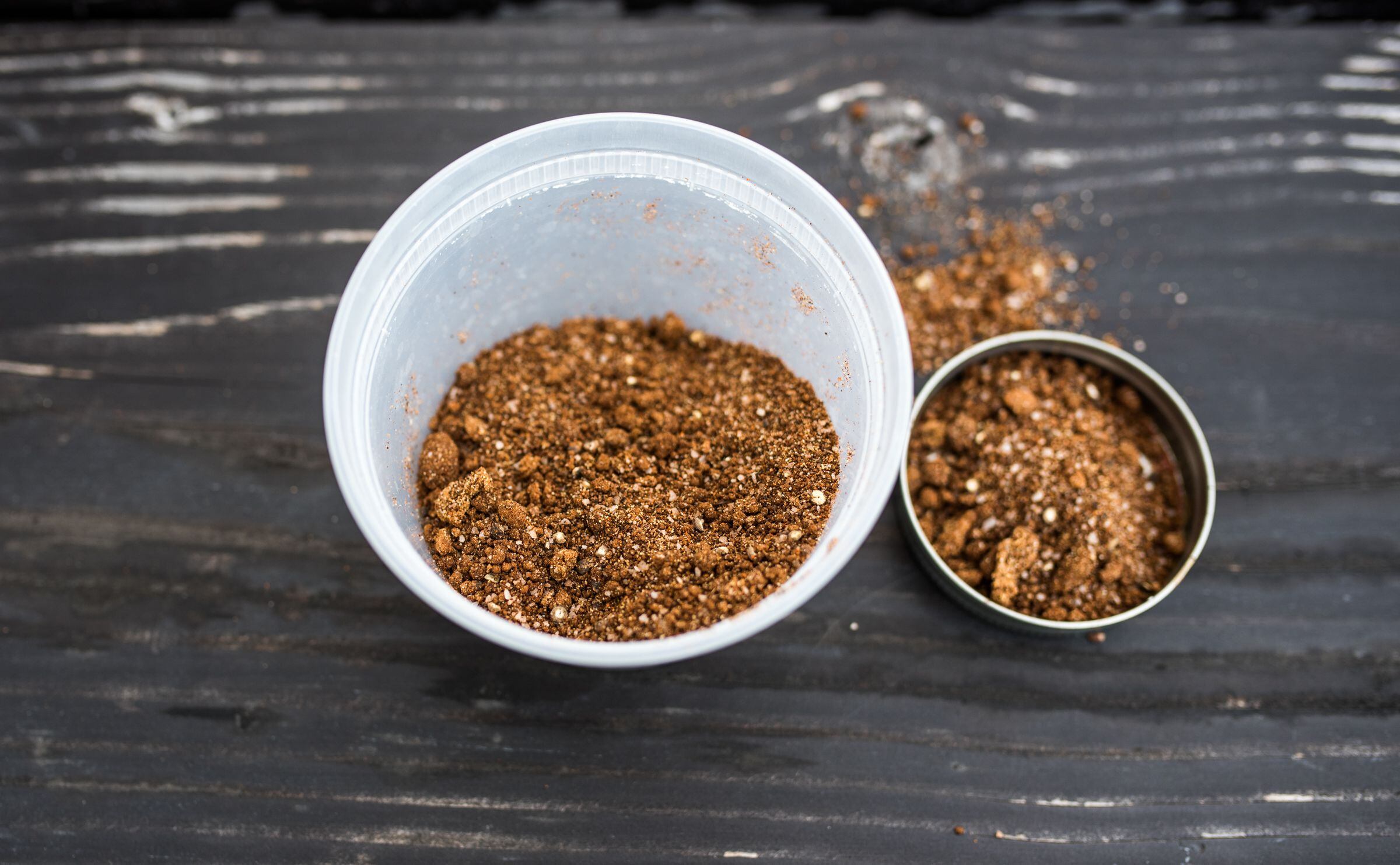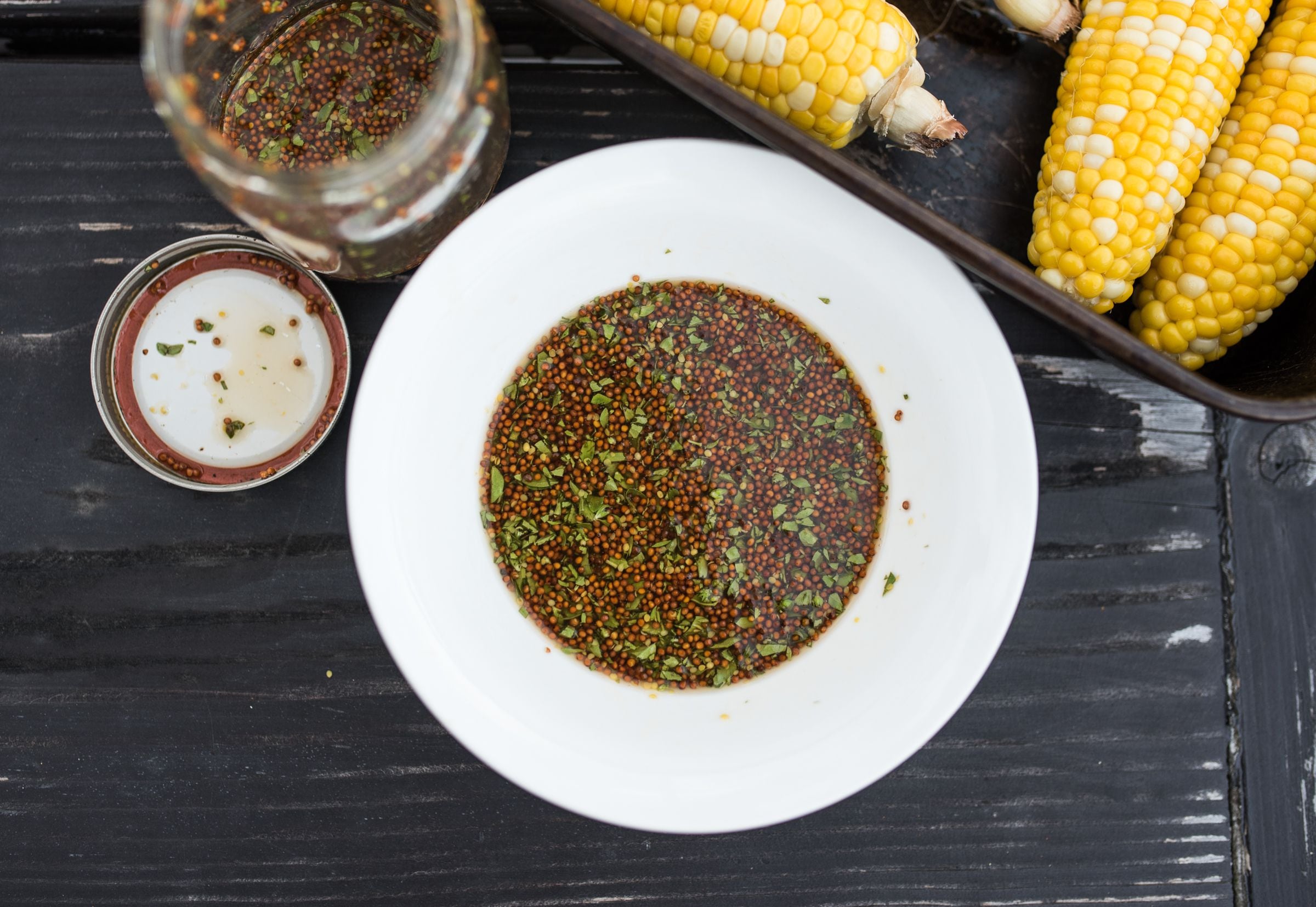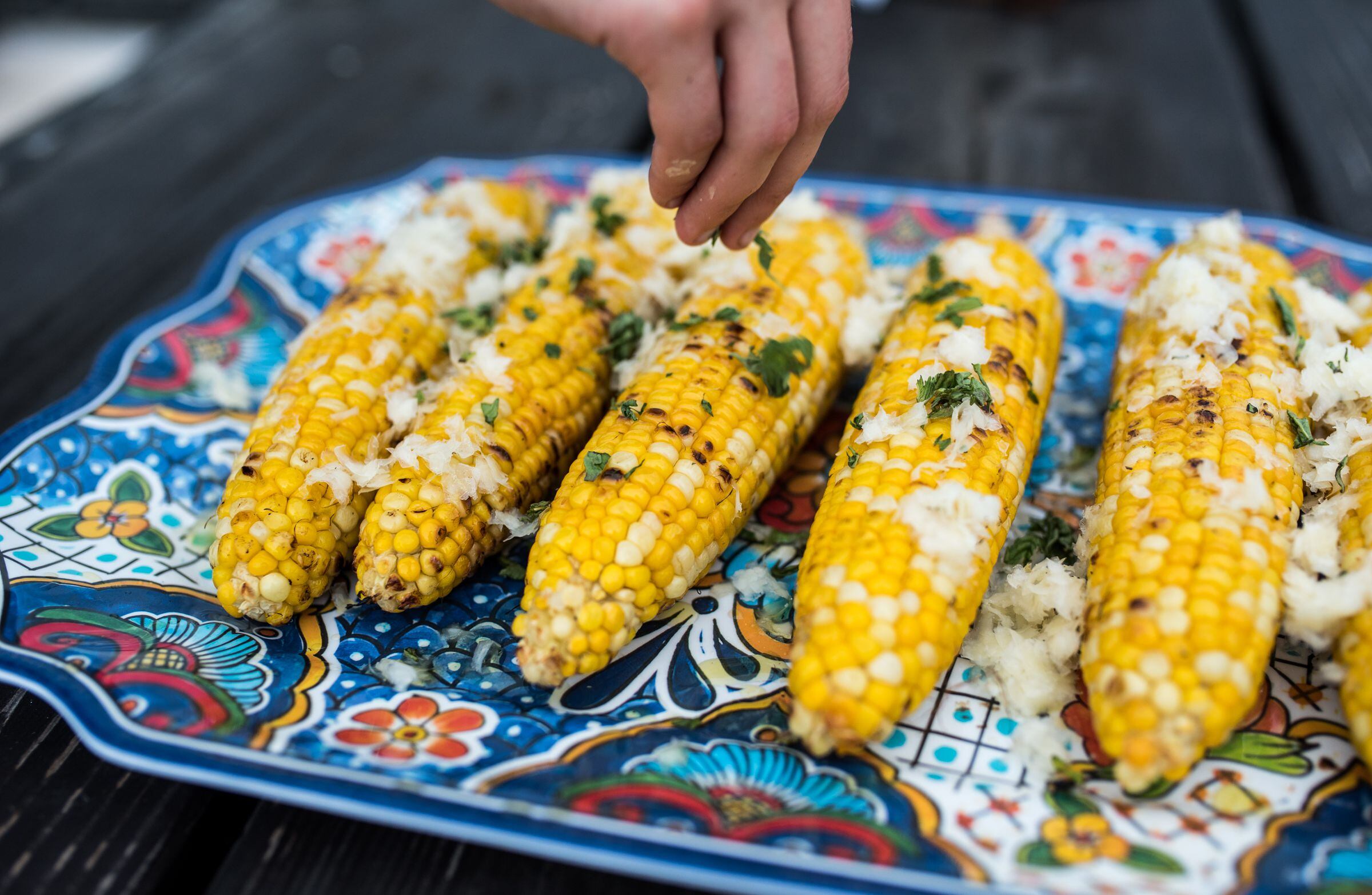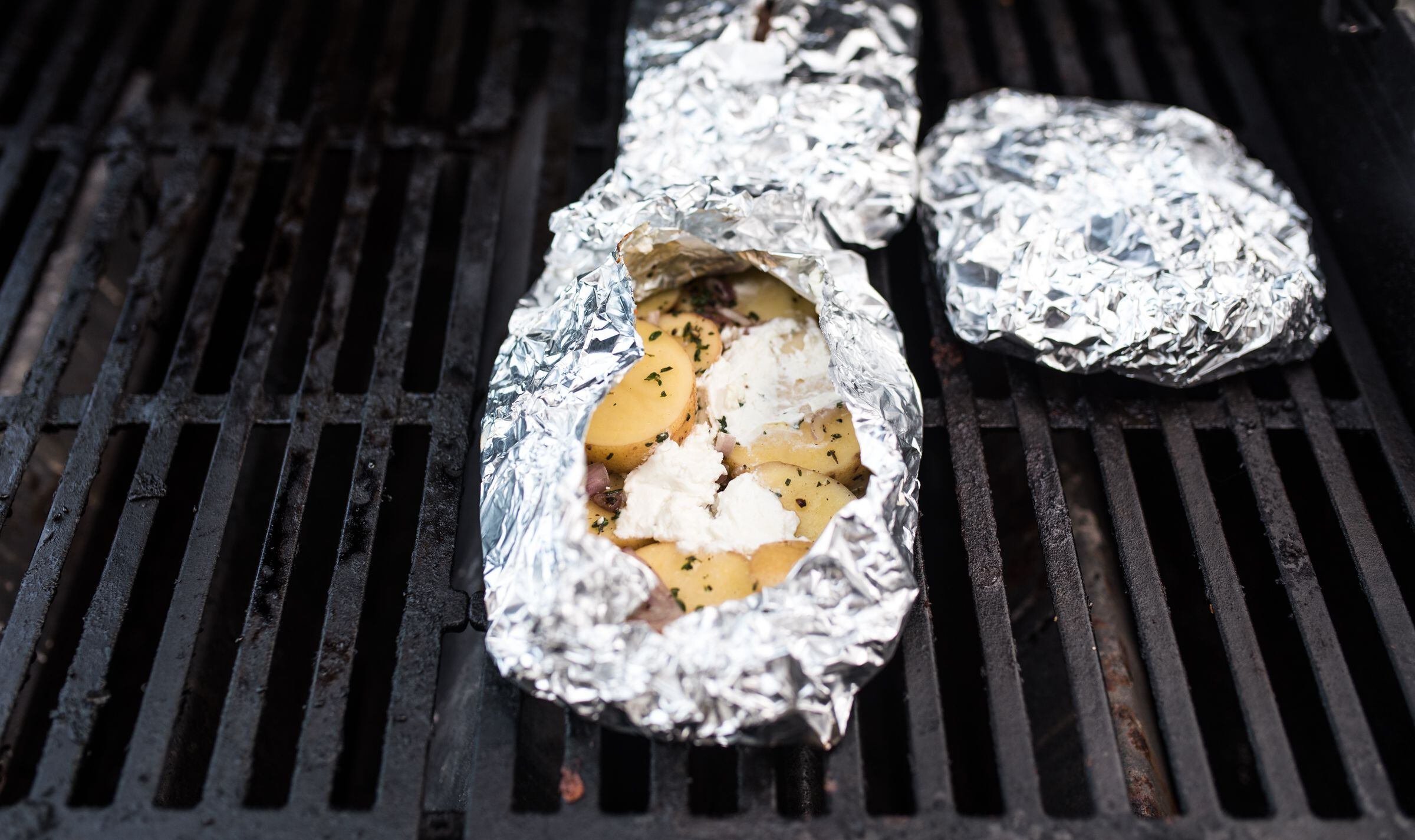How to prep for a cookout, when the barbecue is far from your backyard
Here are tried-and-true strategies for cooking on the roof, in the park, or at the beach.
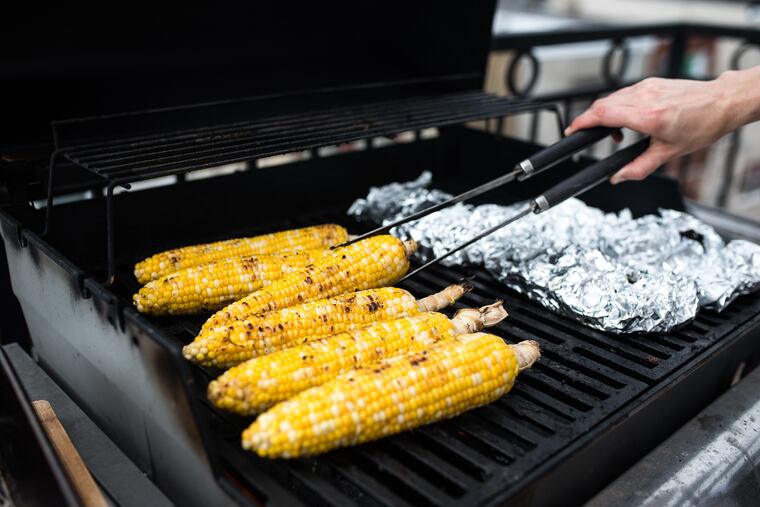
When you hear the word cookout, do you envision sitting on a ring of rocks by an open fire, a friend grilling burgers over hot charcoal, a pile of branches set aside for roasting marshmallows later? Or is it more like barbecuing on the gas grill just outside the kitchen door while your guests take a dip in the pool?
The first might be your fantasy cookout, but the latter is probably closer to reality. Barbecuing in the backyard, with the convenience of a refrigerator and all the necessary equipment and ingredients just feet away, makes it easy to forget the pleasures — and challenges — of cooking in a more remote setting. Whether it’s at a public park, campsite, beach pavilion, or even a communal rooftop, executing a successful barbecue when the kitchen is not next door requires planning, a willingness to compromise, and delegation.
I learned this the hard way earlier this summer, when I agreed to help my daughter Julia host a rooftop barbecue at her apartment building. My sister and I had prepared some side dishes in advance, inadvertently following what I now know to be one of the cardinal rules for remote cookouts: Supplement the menu with dishes that don’t need to be barbecued. But once it was time to grill, things got dicey.
Julia had reserved the communal grill from 3 to 5 p.m., but when we went to the rooftop, those ahead of us still hadn’t finished cooking their steaks, and those with reservations after us were eager to boot us off as soon as the clock struck 5. I also spent most of the first hour running up and down the double flight of stairs between the apartment and the roof to retrieve everything we forgot — becoming almost too exhausted to enjoy the party when we finally sat down to eat.
So that it will never happen again, I’ve drawn on my own and others’ experiences of hosting off-site cookouts, as well as that of a few seasoned grilling experts, to assemble tips for prepping a barbecue beyond your own backyard. I’ve also included some recipes that work well, too.
Scope out the site in advance
Before inviting a dozen friends to the lakeside barbecue you’ve organized, you’ll want to know what the setting is like and what you’ll need. Although apartment buildings may provide gas grills, most public parks that allow barbecuing have stationary grills or designated fire pits, picnic tables, and a source of water, but not much else. You’ll likely have to bring your own fuel and whatever you need to get the fire going.
You’ll also want to check the rules of the location: Are pets allowed? Are there set hours for barbecuing? Do you have to reserve a site? Is lighter fluid prohibited? Some public parks require picnickers to haul out whatever they bring in, which means plenty of heavy-duty garbage bags are a must. You might also want to supply more comfortable seats, or a source of shade if the picnic area is in the sun.
Make whatever you can beforehand
Side dishes are welcomed at any cookout, but remember: You won’t be able to keep them chilled in the refrigerator or reheat them in the oven. So avoid mayonnaise-based salads, grandma’s baked beans, or anything that might lose its best textures and flavors in the summer heat. Instead, stick with dishes that taste great — or even better — at room temperature. For my daughter’s rooftop party, I made quiche, and my sister dressed pasta salad with a vinaigrette.
To minimize grill time, prep whatever may end up on the grill in advance, but keep it simple. I made pork kebabs for a subsequent remote barbecue, coating the pork loins beforehand with an earthy brown sugar- and espresso-based dry rub created by Joe Carroll, who launched Fette Sau in Brooklyn (and later teamed up with Stephen Starr to bring it to Fishtown). Dry-rubbed meats are much easier to handle and transport than messy marinades.
For added flavor, I made a stir-together maple-mustard sauce to pour over the pork kebabs after grilling, borrowing a recipe from The Big-Flavor Grill cookbook by Chris Schlesinger and John Willoughby. I also took their advice about blanching ears of corn beforehand, so that when they finally got their turn on the grill, the corn was fully cooked and I needed to worry only about creating a bit of char.
Pack all you’ll need, in something that’s easy to carry
“A high level of confidence in your equipment will relieve you of a significant amount of stress while cooking or entertaining outdoors,” Guy Fieri writes in his grilling cookbook, Guy on Fire. He packs everything from barbecue tongs, forks, basters, tin foil, and utensils — especially a couple of good knives and a cutting board — to condiments, sauces, and seasonings. And don’t forget pot holders and a couple of all-purpose rags. You can invest in a fancy picnic basket or barbecue caddie, or just grab an empty liquor box where the slotted spaces help organize equipment.
Use the grill wisely
Because you never really know how long you may have to grill (uncooperative weather, eager grillers lining up to take over your space), plan to minimize the time you need on the grill. This means avoiding fussy grilled sides in favor of those that will fit into the time it takes to cook your main course. For instance, tin-foil-pocketed potatoes from Food 52’s Any Night Grilling cookbook can be fully prepped in advance. Then, by the time you’re at the grill, all that’s left to do is place the packets on the fire and let them cook over indirect heat.
On the other hand, if you have someone who loves to slave over an open fire, anoint him or her grill master for the day and throw anything you have on the grill. You could skip grilling the corn, but giving the cobs time over the fire lends a nice smokiness.
Delegate
Compared with the backyard barbecue, the remote cookout is more communal in nature, so lean in and ask your guests to help by bringing side dishes, paper products, folding chairs, or charcoal. Put someone in charge of grilling, hauling water, and cleaning up. By sharing the burden, everyone will get to enjoy the cookout, and leave time for taking in the setting of your cookout.
Fette Sau Dry Rub
From Feeding the Fire, by Joe Carroll and Nick Fauchald; makes 4 cups dry rub, which can be stored up for to 2 months and used on pork, chicken, or beef.
1½ cup packed dark brown sugar
1 cup kosher salt
1 cup ground espresso beans
¼ cup freshly ground black pepper
¼ cup garlic powder
2 tablespoons. ground cinnamon
2 tablespoons ground cumin
2 tablespoon ground cayenne pepper
Combine all ingredients in a bowl or a resealable container, then stir or cover and shake to combine. Apply by hand, evenly coating the meat. Allow to flavor the meat for up to 12 hours.
Maple-mustard sauce
From The Big Flavor Grill, by Chris Schlesinger and John Willoughby; makes about ¾ cup sauce, which is enough to coat 2 pounds of cooked kebabs.
¼ cup maple syrup
¼ cup whole-grain mustard
¼ cup fresh orange juice (from one orange)
2 tablespoons roughly chopped fresh oregano
In a bowl or a jar, whisk all the ingredients together. After the kebabs come off the grill, toss the pork chunks in the sauce, coating them well before serving.
Grilled Corn with Basil and Parmesan
From The Big Flavor Grill, by Chris Schlesinger and John Willoughby
6 ears of corn
¼ cup extra virgin olive oil
½ cup grated Parmesan cheese
¼ cup finely chopped fresh basil
Kosher salt and fresh ground pepper
Shuck the corn, then blanch in boiling water for 2 to 3 minutes. (This can be done in advance.) Place the corn on the grill, rolling it around until all sides are nicely charred. After the corn comes off the grill, brush with olive oil, then sprinkle with cheese, basil, salt, and pepper.
State Park Potatoes
From Food 52 Any Night Grilling, by Paula Disbrowe
2 pounds Yukon Gold potatoes, unpeeled and sliced in ¼-inch thick
2 shallots, thinly sliced
½ cup olive oil
2 teaspoons chopped thyme leaves
Kosher salt and fresh ground pepper
4 ounces goat cheese
4-8 thin slices of speck or prosciutto (optional)
In a bowl, toss the potatoes, shallots, oil, thyme, salt and pepper. Fold four sheets of heavy-duty aluminum foil into 14-by-8-inch rectangles. Divide the potatoes evenly among the four foil rectangles, shiny side down. Top each with a quarter of the goat cheese and speck or prosciutto, if using. Fold up the foil packets and seal tightly. On a hot grill, place the packets over indirect heat and cook for 30 to 40 minutes, until packets are puffed and the potatoes are tender.
